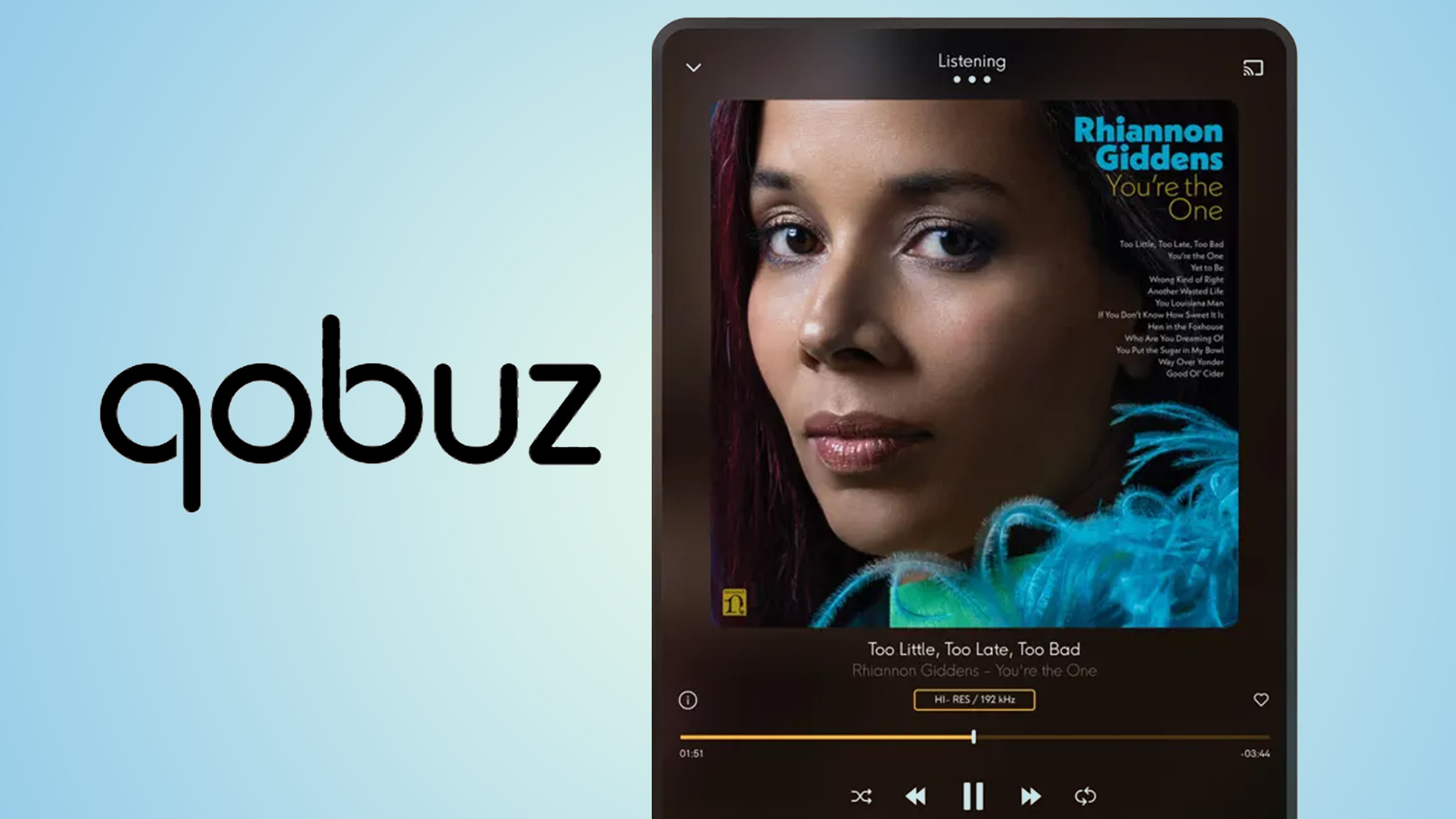So you have obtained your shiny new wi-fi headphones, and they’re all related as much as your Android cellphone. You open Spotify, get that 25-hour Pop Punk playlist operating, and set off for some on-the-go listening. However there’s an issue — it does not sound fairly proper.
You may’t put your finger on it, however you are feeling like your headphones might sound higher. Fortunately, there are many methods on an Android cellphone to ensure your best wi-fi headphones are acting at their best. Even higher, they’re often solely a settings menu or an app set up away.
Be sure to’re operating the proper codec
(*3*)
Due to the freedom of Android, you might have an entire lot extra choices on the subject of audio settings than Apple customers. One among the largest bonuses is which you could choose a extra highly effective codec (the know-how that makes sending your music over Bluetooth potential) that may enhance the sound quality.
Often, the best codec is pre-selected if you join your headphones, however generally it would default to SBC. A greater choice can be any one in every of the aptX variations, or LDAC, as these are able to transmitting extra knowledge. Higher bandwidth right here equals richer sound in your headphones.
Once more, often that is one thing you do not have to mess around with, nevertheless it’s at all times value double-checking — simply hop into the settings menu to seek out out.
Head to the Bluetooth and connections menu, and then faucet the settings cog subsequent to your headphones. On this subsequent display, you need to discover the codec choices. Keep in mind that a greater codec may also make Bluetooth much less dependable in some circumstances, so be prepared for some dropouts in busy environments.
Earlier than you go to the settings menu, double-check that your headphones and your cellphone assist the codecs. This may be checked on the producer’s web site.
If each your cellphone and headphones each assist LDAC however the codec is not showing in the connections menu, you may have to activate developer choices in your cellphone. Keep in mind, most of the settings discovered listed here are ineffective, and in the event you mess around an excessive amount of, you would possibly even trigger usability points in your cellphone. For our makes use of, we’re simply wanting for LDAC connection — it will likely be highlighted if your headphones assist the commonplace.
Change that on (and contact nothing else) and you may quickly discover a lot better sound quality coming from your earbuds or headphones.
Get the app downloaded

All good headphones these days come with an accompanying cellphone app. For headphone testers like me, it is a ache — your cellphone will get loaded to the brim with functions that you simply’re barely going to make use of. For you? They’re a good way of adjusting the settings of your headphones, be that the ANC, the sound quality, and extra.
Usually, there will be an app named after the producer of your headphones. That might be the Sony Sound App, the Bowers & Wilkins Music App, the Bose Music app… you get the image.
Not each app is created equal, sadly. Some have hundreds extra choices than others. For higher sound quality, you may be wanting for the EQ settings and the connection choices.
Change your streaming service and obtain music at any time when potential

For those who’re rocking Spotify, it is seemingly that your music is not sounding nearly as good due to Spotify’s low quality streams. In order for you the best sounding music potential, you need to head over to the likes of Tidal and Qobuz. There you may discover a lot increased quality streams — and it won’t even value as a lot as you assume.
Whenever you’re streaming your music, it is altering the quality of the monitor to match the quality of the web connection that it is utilizing. That signifies that generally you would possibly get decrease quality music coming to your ears. It’s totally intelligent, however if you’d like the best sound all the time, then be sure to obtain your music for offline listening.
That is an choice in most apps — usually you may discover it in the apps settings menu beneath ‘offline listening’. From there, you may discover both a slider, or an choice for every monitor, album, and even playlist.










